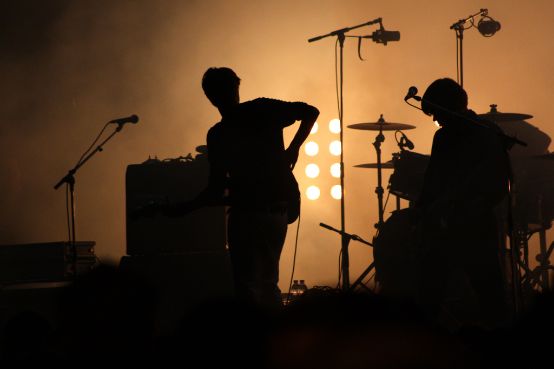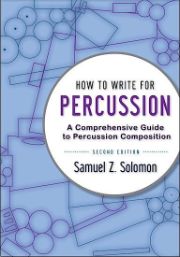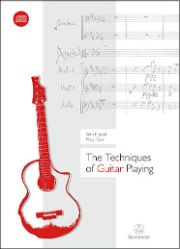Two useful guides
How do I write for percussion instruments? What techniques are specific to the guitar? The first book is aimed at composers and orchestrators, the second at instrumentalists.

Using percussion properly is much more complex than it sounds. Samuel Z. Solomon is a precise guide for the composer. Starting from practice, not theory, he first details general and fundamental questions of instrument and stick choice, logistics and notation, before describing the specifics of nearly 90 keyboards, skins, metals, woods and other percussion instruments, chosen because they are readily available and possess characteristics that are reproducible for most of the thousands of other instruments that make up this plethoric family. Throughout the book, the author stresses the importance of collaboration with a percussionist, gives advice on how to make the composer more realistic (and responsible) in his choices and their consequences, and uses case studies to achieve greater writing efficiency. For example, it specifies the best notations and the most useful indications, so that the score can provide instrumentalists with the clearest possible information, or warns against the ill-considered choice of too many instruments. The book also contains important and useful appendices (repertoire, extended techniques, examples of equipment layout, various diagrams such as the possible dynamics for a given type of stick on a given instrument, etc.). Finally, nine hours of online video complete what words alone cannot describe.
All too often relegated to an accompaniment role, the guitar conceals rich potentialities that are all too often overlooked. What's more, most instrumentation treatises neglect the guitar, often giving only a few indications, which are largely inadequate. What was lacking was a complete book to guide composers, from basic traditional technique to various effects such as the prepared guitar, not forgetting the different tunings (including microtonal) or how to use the instrument in an ensemble or orchestra. Two particularly well-developed chapters are devoted to harmonic sounds and the various percussive uses of the guitar. The latter involves not only striking the body of the instrument, but also, for example, striking a string instead of plucking it, thus vibrating both sides of the string and producing a clearly audible auxiliary sound. Another section is devoted to a number of instruments in the same family: 7-, 10- and 12-string guitars, resonator guitars, harp guitars (or guitars with two necks) and ukuleles. Designed, like all the books in this series, for composers and instrumentalists alike, this book contains a large number of musical examples and an audio CD.
Seth F. Josel, Ming Tsao, The Techniques of Guitar Playing, BVK 2243, 233 p., Englisch, € 52.00, Bärenreiter, Kassel 2016, ISBN 9783761822432
Samuel Z. Solomon, How to Write for Percussion. A Comprehensive Guide to Percussion Composition, Second Edition, 304 p., £ 19.99, Oxford University Press 2016, ISBN 9780199920365










